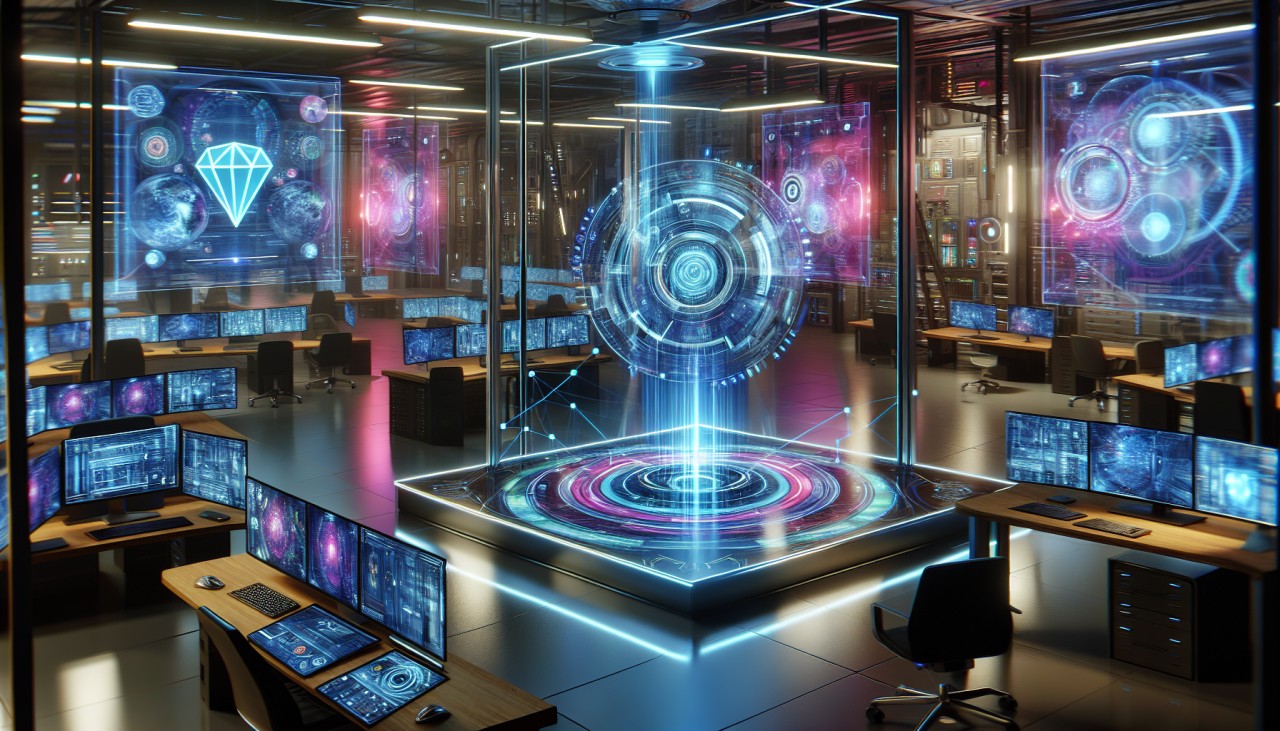


Spatial computing is rapidly transforming various industries by seamlessly integrating the physical and digital realms. This technology enables real-time, interactive experiences in three dimensions, allowing users to interact with virtual elements within their environment. The global spatial computing market is experiencing substantial growth, with projections estimating it will reach $1.7 trillion by 2033, up from $110 billion in 2023. This expansion is driven by advancements in augmented reality (AR), virtual reality (VR), and artificial intelligence (AI), which are enhancing user experiences and broadening applications across sectors such as healthcare, education, and manufacturing. gartner.com
In healthcare, spatial computing is revolutionizing medical training and patient care. Surgeons are utilizing AR-assisted surgeries to overlay medical imaging onto patients' bodies, improving precision and outcomes. Medical schools are adopting spatial technologies to teach anatomy, allowing students to interact with 3D models for a more immersive learning experience. Additionally, spatial computing is enhancing remote collaboration and decision-making, enabling teams to work together in virtual environments regardless of their physical locations. As this technology continues to evolve, it is expected to redefine human-computer interactions and drive innovation across various industries. greatercollinwood.org